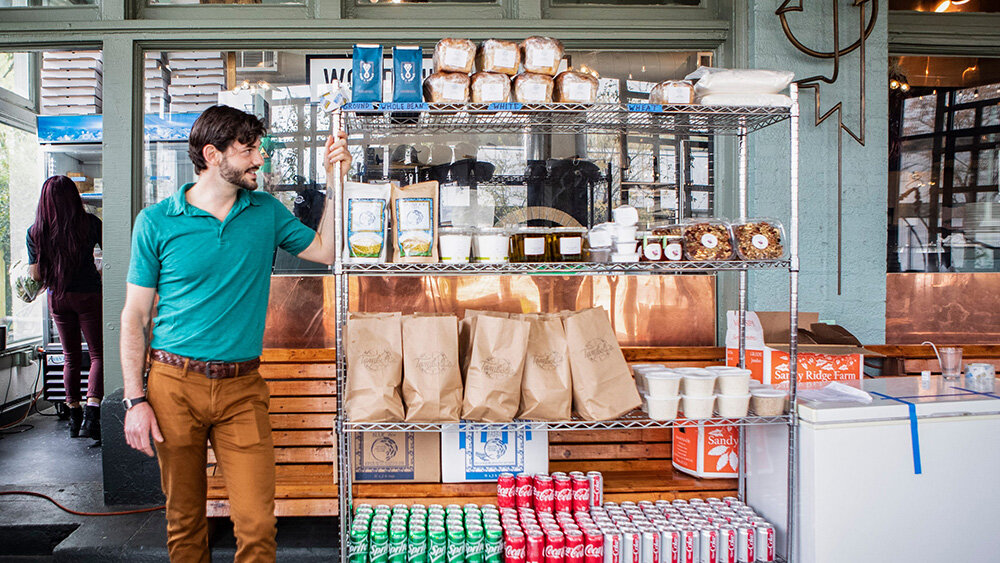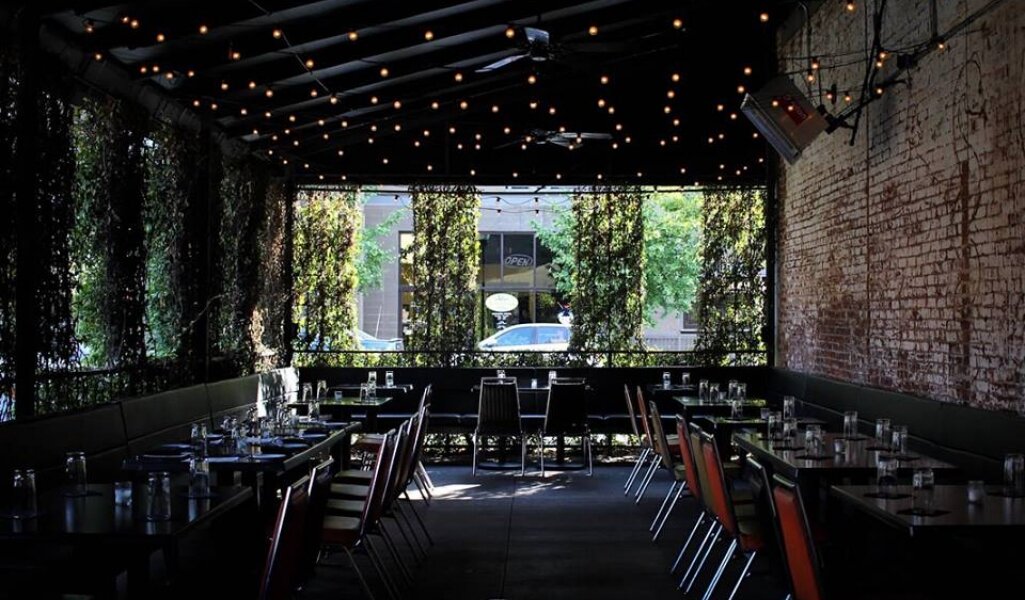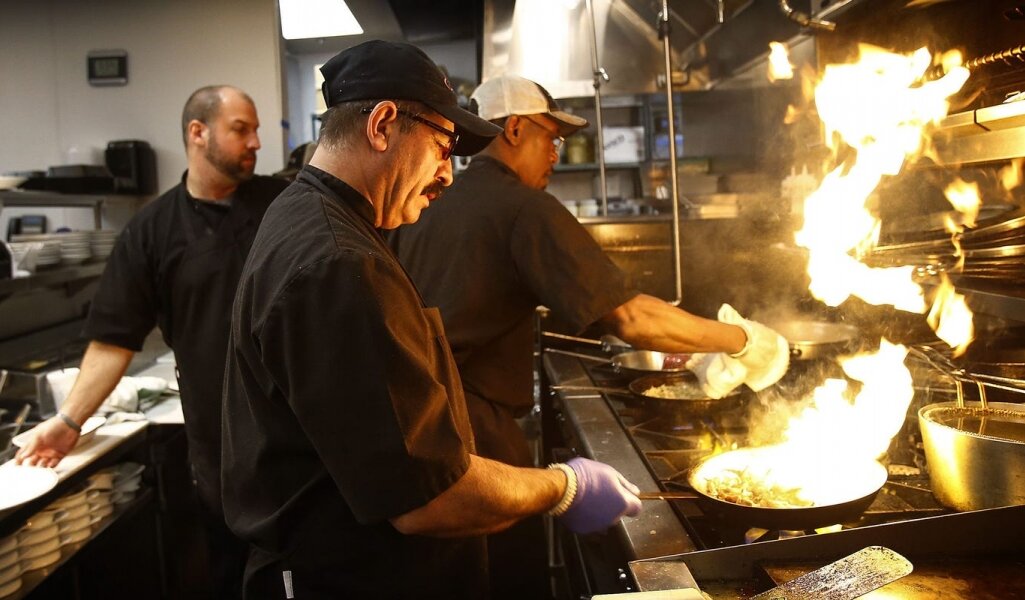UNMASKING THE FUTURE OF FOOD & BEVERAGE SERVICES
When the coronavirus hit, the hospitality industry found itself having to innovate and adapt to a new normal.
Recent weeks have served as a case study for how this industry is reinventing the path for future gatherings, as we’ve seen companies expand safety precautions and redefine business as usual. While we all wait for the Center for Disease Control (CDC) and government to outline exactly what the new guidelines and directives will be moving forward, LEO Events and industry partners have all agreed on a few likely outcomes as follows:
Relentless focus on health and sanitization
Masks are on everyone’s mind (and face) as they are recommended as an effective method of virus mitigation; however, for an industry founded on guest engagement, masks can present challenges. How will mask rules apply in food and beverage locations? Creating human connection while wearing barriers across our faces isn’t as complicated as it sounds – think about costumed characters, for example; people are constantly calling their name, wanting a picture, or a simple wave. That acknowledgment leaves an immediate impact. Without ever really realizing it, our industry has crafted the art of reading guest interaction using only their body language and responding in ways that generate comfort.
Food-safety first mentality
Consumers are developing a dramatically heightened sense of what they view as safe food handling practices and an increasing desire to know where their food came from. Given our new “no-touch/no-contact” world, we can expect to see new efficient solutions quickly gain traction, as self-service (i.e. buffets) will no longer be an option. We also predict that larger events will likely have fewer attendees in general as hybrid events (meaning smaller in-person gatherings couples with virtual streaming and events) become the norm, making plated meals a more obtainable option.
Increased domestic/local sourcing
Another change we expect to see is an increase in local and domestic sourcing and a move to less dependency on foreign sources that are now perceived to be riskier. This is good news for domestic suppliers, but they must ensure their portfolios and capabilities are prepared to expectations.
Event sustainability
The biggest and most positive legacy from COVID-19 will be our approach to event sustainability, as planners must develop ways to continue creating sustainable events that keep our environment moving in the right direction. From the food and beverage perspective, snacks in recyclable packaging, compostable dishware, and locally sources menus will be critical to maintaining sustainability efforts.




